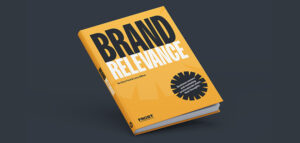
User-Generated Content: A Playful Way to Turn Users’ Content into Successful Marketing Campaigns
UGC has proven to be a powerful tool for brands that seek to build a close-knit relationship with their consumers using digital marketing. With the decline in the effectiveness of conventional advertising, marketers are searching for more effective ways of advertising, for example, interactive video ads created by digital marketing agencies such as Multiplayer’s sub-brand called Gamified Marketing. UGC being a new and authentic advertising appeals to the modern consumer because it allows customers to become an active part of their favorite brands’ marketing campaigns. Moreover, UGC brings the element of gamification by bringing prizes and rewards for active participation. Even though the effects of UGC may not be obvious sometimes at first glance, its advantages are undeniable.
How UGC Affects Brands?
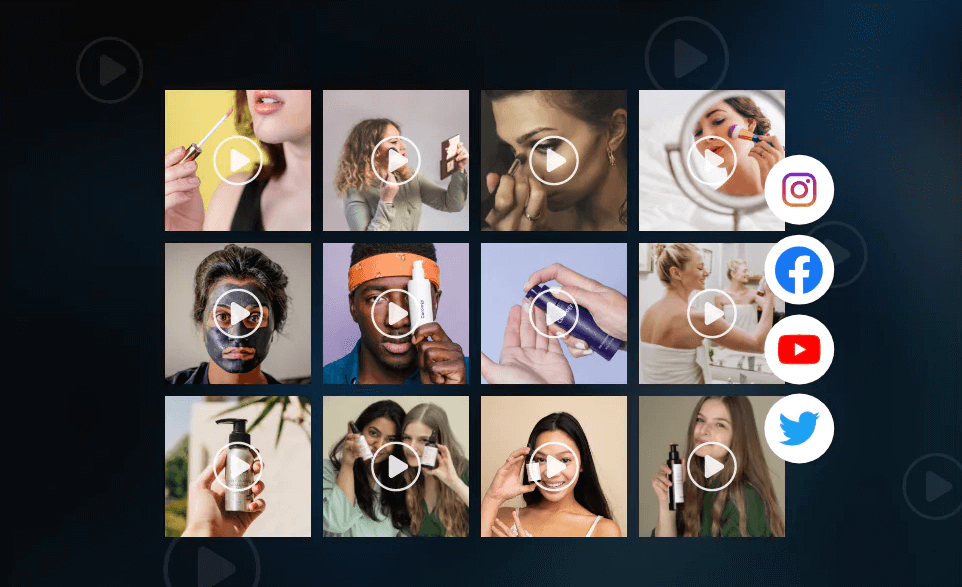
Building Trust and Authenticity
One of the major advantages of UGC is that it helps to establish trust and maintain relevance. Consumers have become more skeptical in viewing traditional advertisements as they seem polished and only present a biased perspective. On the other hand, UGC is considered as more credible and close to the consumer. The Forbes’ report showed that 70% of consumers rely on UGC rather than actual advertisements from brands. This trust is based on the fact that UGC is created by real people who share their own experience and do not use special marketing and advertising techniques.
Also, 90% of businesses admitted that UGC provides a more truthful perception of the products and services they offer. Three of four marketers state that UGC is imperative for establishing brand credibility in the present days.
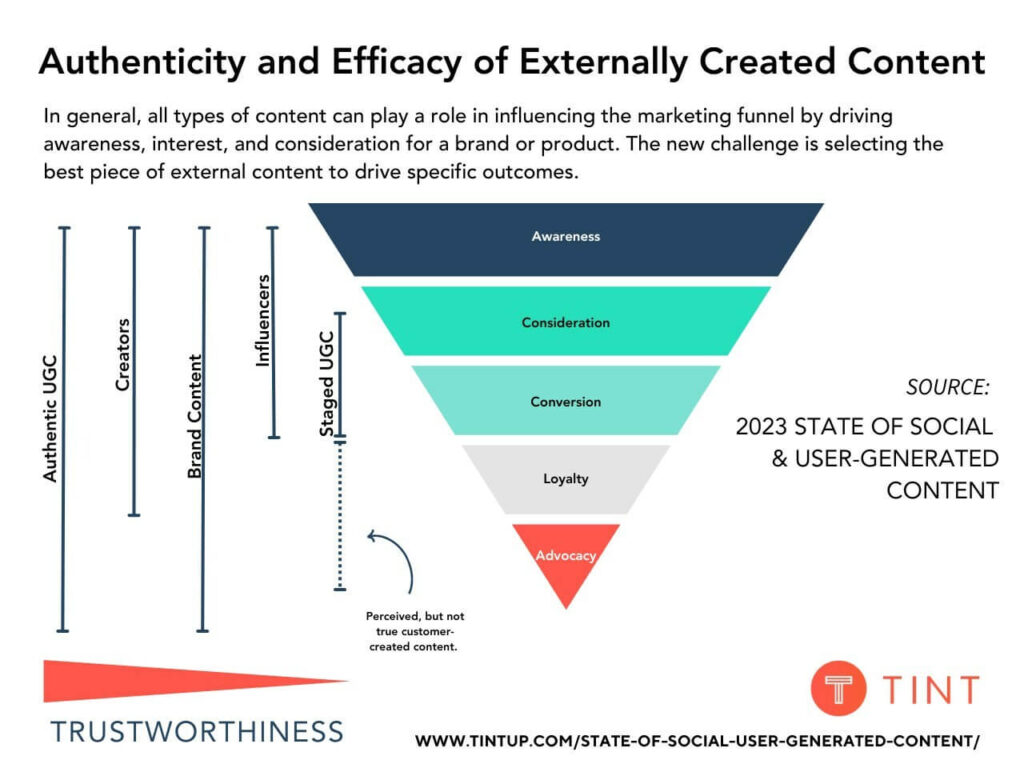
Boosting Engagement and Conversion Rates
UGC plays a part in increasing the level of interest and calls to action across the different media. For instance, when a blog post contains user-generated content, the post gets 45% more organic traffic as compared to a post that does not contain any UGC. This has to do with the increased traffic that is brought about by the difference in opinion and real life stories from the users which makes it more credible among the readers.
However, the impact of UGC is not equal for all types of content, and Visual UGC seems to be the most effective. This is because, according to a survey by Nostro, 81% of ecommerce marketers consider visual UGC to be more effective in reaching customers as compared to photos taken by professionals or featuring influencers. Such content as photo and video reposts from customers, demonstrating the application of the products in real life, can increase the purchasing intention up to 3 times. For that reason, videos that showcase the experiences of other users can cause a purchase intent by 30%, proving the effectiveness of UGC strategies.
Driving Social Media Engagement
Most of the UGC is created by consumers on social media, which allows them to communicate with companies. Specifically, Instagram is one of the most effective sources of the inspiring UGC. When it comes to which platform generates the most effective content, 28% of the ecommerce marketers think that Instagram stands as the most effective platform, while 23% think that Facebook is the most effective, 19% think that TikTok is, 17% for YouTube and 10% for Twitter. These platforms are more suited to content sharing because of their visual aspect which incorporates the user generated photos as well as videos that tend to attract high engagement.
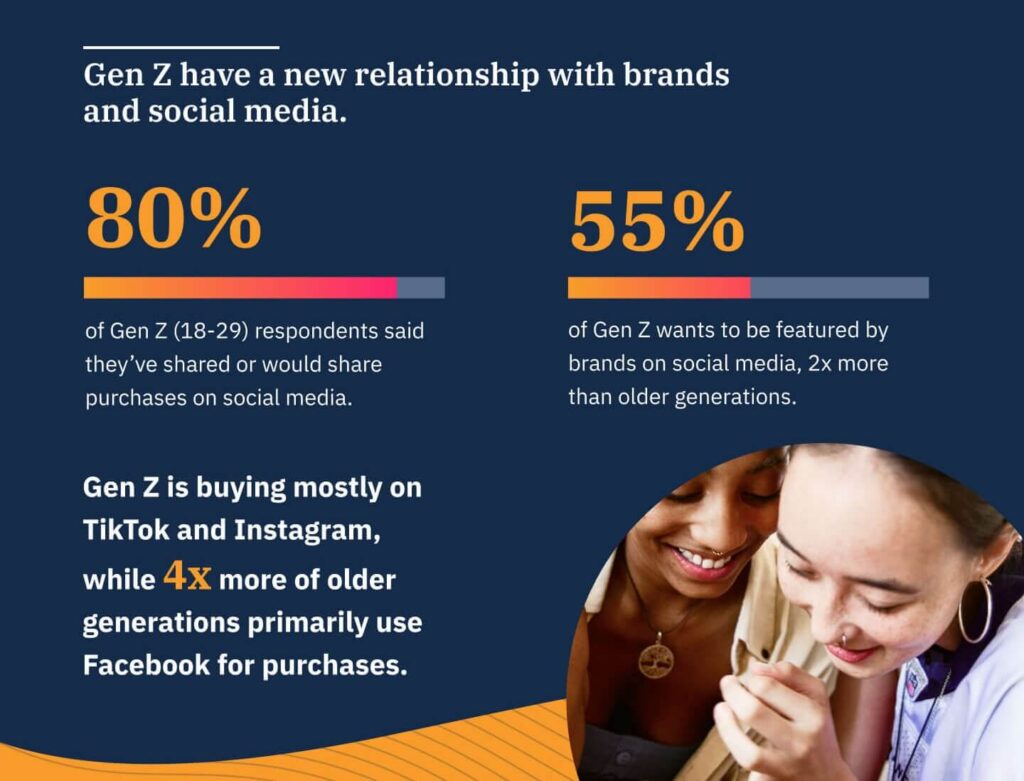
The fact that the younger people are more inclined towards UGC is quite appreciable. A greater percentage (55%) of the Gen Z population wants to be associated with brands that show up in their social media feeds. Furthermore, the survey revealed that 80% of the youths have engaged in sharing their purchases on social media or are willing to do it. This desire to participate underscores the potential of UGC for targeting and capturing young consumers, who, as is well known, set many trends online.
Influencing Purchase Decisions
It has been observed that UGC plays a significant role in the final purchase decision. About 55% of consumers will hesitate to purchase a product without UGC, proving that word-of-mouth recommendations and real-life case studies play an essential role in the consumers’ decision-making process. This is because consumers are likely to search for UGC as a way of making a decision and looking for endorsements from other consumers.
This reliance on UGC is not limited to a specific type of content, and it includes unboxing videos, tutorial posts, and shared photos. Such content makes potential buyers better prepared to make a purchase, as the level of uncertainty is lowered and confidence in a particular decision is increased.
Strengthening Brand Loyalty and Affinity
UGC also helps in enhancing brand loyalty and brand affinity among the target customers. For example, when the consumers observe real people using a brand in a positive way, it creates a feeling of belonging to a particular group of people. This is further complemented when brands interact with UGC by sharing it on their own social media accounts or reply to a user post, especially when these interactions involve various types of UGC videos.
Thus, incorporating the UGC into the marketing strategies is not only about using the customers’ content but also about reciprocation. In a survey of enterprises, 62 percent of businesses said that incorporating more UGC was “very important” for enhancing brand credibility. Specifically, 91% of the respondents reported that they found UGC at least moderately important, which underlines its high awareness as an essential tool in marketing.
When it comes to the use of consumer-generated content, it is perhaps one of the most effective tools that can be used for brand promotion from which brands that are involved in marketing stand to benefit in a variety of ways. Starting from the basic aspects such as establishing trust and credibility up to more specific ones like encouraging the engagement of the targeted consumers and persuading the latter to make a purchase, UGC is a more realistic and believable strategy as compared to conventional marketing.
It is crucial to highlight that the statistics provided above prove that UGC remains an influential trend in the contemporary digital environment focusing on consumers’ trust and authenticity. With more brands starting to appreciate the power of UGC, the latter is going to have a growing influence on the marketing of the future.
Therefore, it can be seen that the use of UGC maintains and strengthens the voice of the brand while at the same time allows a higher level of engagement with the target consumers that can make them feel like they are part of the company’s family. Given the importance of social networks and various forms of digital communication in the modern world, generation of content by users is not only a trend but rather a necessity for brands that strive to survive and continue their existence.
How Brand Use The Power of UGC?
What can be the best way to see the power of a marketing tool than watching it ‘in action’? While digital marketing is undergoing changes on a daily basis, some trends such as UGC keep getting stronger. UGC marketing has not only proved its power in terms of attracting customers attention but also became one of the most effective ways to involve customers into the marketing process. The number of UGC marketing campaigns is growing every day, so let’s take a look at the biggest campaign that made UGC a evident success for their brands.
Coca-Cola ‘Share a Coke’.
In an attempt to freshen up its brand image and appeal to the younger generation, Coca-Cola brought the worldwide phenomenon ‘Share a Coke’ campaign to America. The initiative aimed to address a significant challenge: to attract the attention of teenagers in the United States who had not bought a Coca-Cola in the prior year. This campaign was meant to humanize the brand and make it more attractive to the teens so as to boost the sales and make the youth more connected to the brand.

Innovative packaging and social media integration
The essence of the campaign strategy was based on two key pillars that were novel to the concept. First, the company decided to turn the packaging of the bottles into the owned media, which was done by changing the Coca-Cola logo on 20-ounce bottles for 250 most popular names of teenagers. This basic yet strategic message was designed to appeal to teenagers and make them feel like the brand was directly talking to them. Second, the campaign used the hashtag #ShareaCoke to build a massive and interactive social media presence; the teenagers shared their stories and helped to spread the message of the campaign.
Non-standard Approach
The idea of adding names to the bottles has also brought an element of a game where people need to find the bottles with their names and share it. Even though it was not intended initially, the campaign had an element of so-called treasure hunt which turned out to be a lot of fun for consumers.
Remarkable Results
The ‘Share a Coke’ campaign proved to be extraordinarily successful in the U.S. During the summer following the campaign’s launch, 1.25 million more teens tried Coca-Cola, and sales of participating Coca-Cola packages surged by 11%. This growth was especially notable given the overall decline in the carbonated soft drink category, which saw a 3.3% drop in 2013.
Coca-Cola’s sales performance during the campaign was unprecedented. The four weeks of July marked the best sales period since 2009, with the largest year-over-year growth recorded.
Apple #SHOTONIPHONE
Organic Social Media Marketing
Apple is a technology company widely recognized for its state-of-the-art products and elegant designs, and has always managed to build a strong brand image that has an appeal all over the world. Among the campaigns, one of the most famous examples is the “Shot on iPhone” UGC marketing campaign, which helps to draw attention to the excellent quality of the iPhone’s camera built into their smartphones.

Currently, the “Shot on iPhone” campaign is a part of the iPhone advertising campaign that Apple launched in 2015 to advertise the iPhone 6s which had a new 12-megapixel camera. The main goal of the campaign was to highlight the high quality of the photos taken on iPhone. In order to bring this idea to life, Apple called on its users to share photos made on iPhones on social media platforms such as Instagram or Twitter. The target audience was people in the age range of 25 to 35 years who were interested in photography and used social networks, which made them a suitable audience for the promotion of a new iPhone model.
The marketing campaign was guided by the following objectives:
– Build brand awareness and reinforce the reputation of the iPhone as a high-quality camera phone.
– Showcase the enhanced camera features of the iPhone 6s.
– Encourage user-generated content and boost customer engagement on social media.
– Drive sales of the new iPhone model.
Apple’s UGC Marketing Campaign Strategy
To achieve these objectives, Apple employed a multifaceted strategy across various channels.
1. Social Media Contest.
Apple initiated a specialized website through which people could upload their favorite iPhone shots. They could also share their shots on social media platforms. They used #shotoniphone and #contest as hashtags that allowed one to win a chance to be featured in the next iPhone commercial or get an iPhone for free.
2. Influencer Marketing.
Apple worked with famous photographers and insta-stars, who made and posted beautiful photos taken exclusively on iPhone. They presented their followers with the camera, thus expanding the outreach of the campaign.
3. Print Advertising.
Apple advertised in newspapers and magazines with pictures taken by iPhone 6s to show the quality of their work. These ads were simple, and focused on the pictures that emphasized the quality of the cameras.
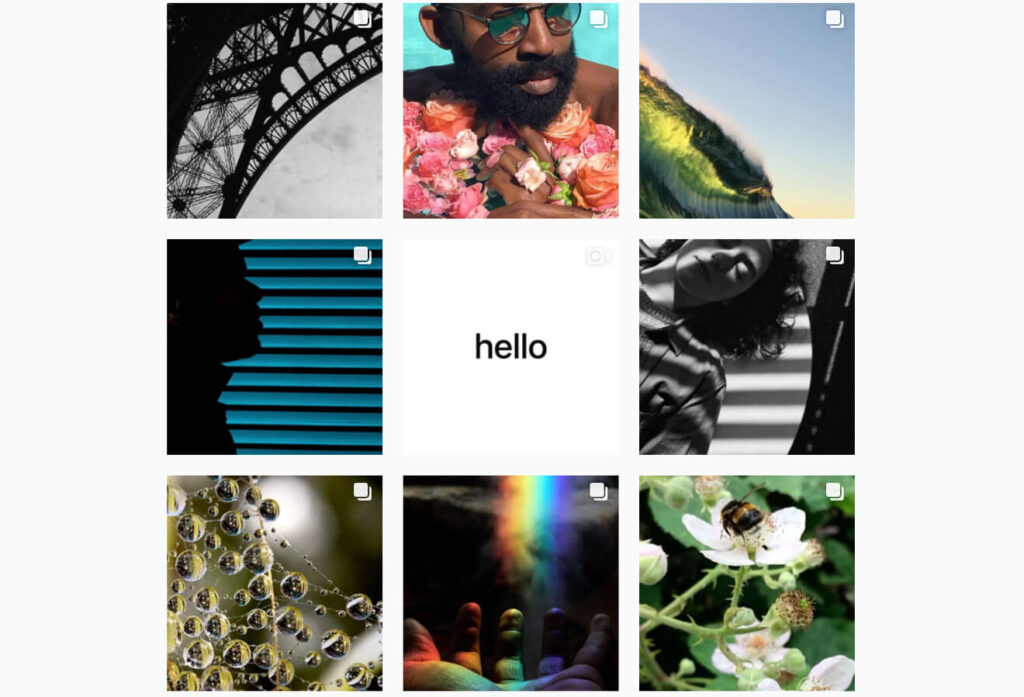
Results
The “Shot on iPhone” campaign was a resounding success, yielding impressive results for Apple.
– User Engagement. It attracted a lot of attention on social media especially on Instagram where the campaign received more than 70 million likes, comments and shares. People gladly took part in the contest and submitted over 100 000 photos and videos.
– Sales Growth. The campaign was very effective in increasing iPhone 6s sales especially to the targeted segment. It is stated that based on the Q4 2015 report, iPhone sales were at their all-time high with the iPhone 6s leading the sales.
– Brand Perception. The campaign helped to establish Apple’s leadership in the smartphone market and to strengthen its branding as a provider of stylish, innovative, and high-quality products that meet the needs of its customers.
– Long-term Impact. The success of the “Shot on iPhone” campaign led to the subsequent sequels, including “Shot on iPhone X”, “Shot on iPhone XR,” and “Shot on iPhone 12 Pro. ” Each of them contributes to the list and continues the tradition of revealing the constant iPhone camera updates and inviting people to contribute continually.
Crocs: Mastering User-Generated Content to Redefine Footwear Marketing

Crocs made its debut in the footwear industry in 2002 with a unique foam clog design that was both durable and waterproof. This design, while comfortable, polarized public opinion and sparked considerable media and online debate. The company went public in 2006, and by 2007, Crocs had more than doubled its revenues, achieving $847 million in global sales.
During this period of rapid growth, Crocs made strategic acquisitions to diversify its offerings, including Jibbitz, a manufacturer of accessories that snap into the holes of Croc shoes. This move allowed Crocs to venture into the fashion-oriented space, enhancing the customizability of their products and broadening their appeal.
Solving the Problem by Embracing Social Media and UGC
Understanding the intrinsic tension within its brand—where people either loved or hated Crocs—the company leaned into this dichotomy to generate conversation. According to CEO Andrew Rees, this strategy helped Crocs garner free PR and advertising, saving millions in marketing costs.
However, the conflict between the ‘uncool’ and ‘cool’ line in marketing was therefore apparent. In the highly saturated world of Instagram and the youth fashion culture, relevancy is crucial, and so is avoiding the ‘over-trying’ factor. This was a challenge that Crocs was able to overcome by opting to incorporate the use of UGC, which was to play a crucial role in growing the company’s online presence and hence brand relativity.
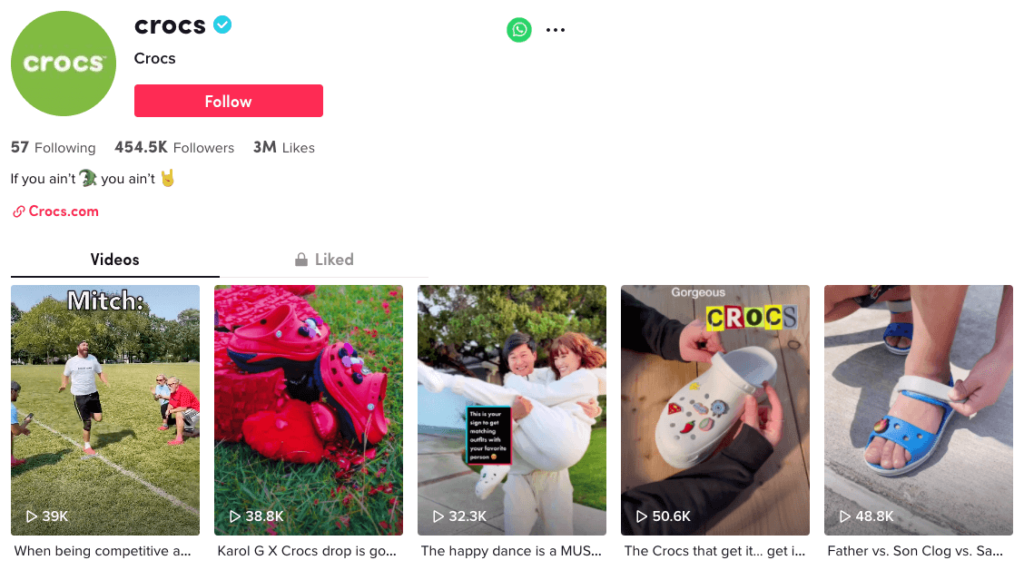
David Shadpour, CEO of branded content platform Social Native, said that to be effective on social media Crocs require a lot of fresh and compelling content. Crocs used content creators to drive engagement and within the two years, it became the 13th best-selling footwear brand in the U.S. from being 27th in 2017.
Successful UGC Campaigns
Crocs executed several successful UGC campaigns, involving more than 170 creators and generating over 225 images and videos. One notable campaign was the #MyCrocsEra, which invited customers to share how they styled their Crocs on social media. This campaign celebrated Crocs’ global community and highlighted the customizable aspect of their footwear with diverse Jibbitz shoe gems.
Another impactful campaign was “Come As You Are,” launched in 2017. This campaign embraced the polarizing opinions about the classic clog, encouraging fans to celebrate their love for the brand while inviting skeptics to reconsider. By focusing on the classic clog, Crocs aimed to rediscover its voice and the voice of its fans, creating a culture where everyone felt “comfortable in their own shoes.”
Impact and Results
The engagement from these UGC campaigns was substantial. Crocs moved from the 30th most popular footwear brand to the 7th by 2019, according to Piper Jaffray’s bi-annual teen survey. The “Come As You Are” campaign alone helped Crocs reach 3.7 million potential consumers, producing over 792.4k engagements. Each piece of user-generated content achieved an average engagement rate of 21.54%.
Crocs’ strategic use of user-generated content has redefined its marketing approach, creating a social media presence characterized by authentic and creative storytelling.
This strategy resonates deeply with its diverse and growing global audience, transforming Crocs’ cultural relevance and enhancing its “cool factor.” By empowering real fans to create content, Crocs has built a brand that is truly comfortable in its own shoes, exemplifying how embracing both love and hate can lead to remarkable success in the digital age.
IKEA. Successful Marketing for Successful Furniture Retailer
IKEA, the world’s leading furniture retailer, faced a significant challenge: enabling businesses to create inexpensive, high-quality content that meets market demands at scale. At the time, IKEA had more than 200,000 content assets produced by the in-house production agency globally, but they were looking for a better way to find content that would be relevant to the different regions.
Innovative Solution: Taking Advantage of User Generated Content
To overcome this problem, IKEA decided to draw on millions of customers who could become an invaluable source of UGC. IKEA engaged customers by asking them to share images of the products they have in their homes thus building an active and healthy community in the social media platforms. ‘IKEA At Mine’ campaign not only created a feeling of togetherness but also ensured that IKEA had an abundance of organic and authentic contents to use in the social media platforms.
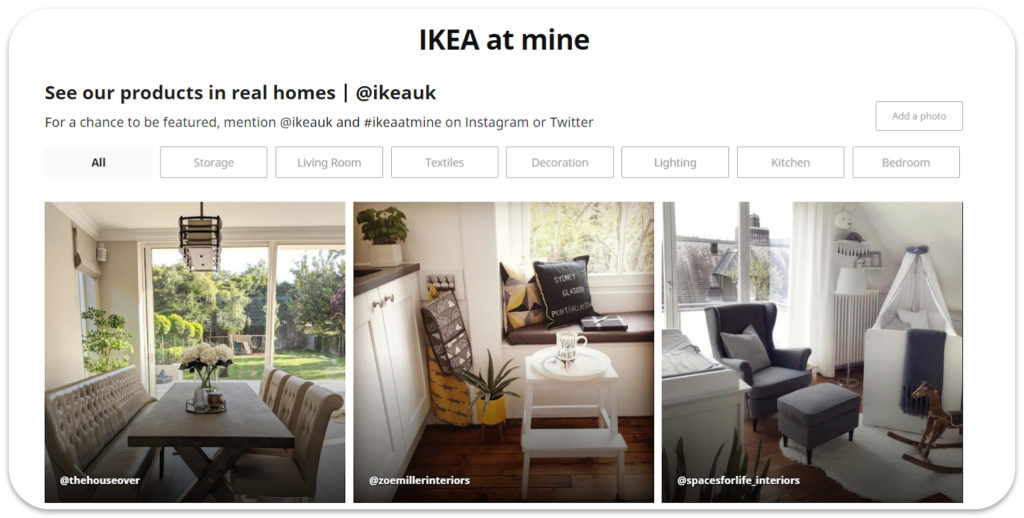
Impressive Results and Metrics
– Higher Reach: In social media, advertisements containing UGC were found to be 27% more effective in terms of outreach than those containing owned organic images. Such an increase in visibility also goes to prove how UGC is able to get the attention of a wider population.
– Enhanced Engagement: UGC also provided a 7 times increase in engagement on IKEA’s home page. This metric showcases the effectiveness of customers’ posts which are more appealing than marketing images to potential buyers.
– Increased Conversion Rates: The most noticeable outcome, which may have been an expected one, was a conversion rate that was 54X higher when users engaged with UGC. This statistic clearly shows that user-generated content such as those that are close to real life has the potential of changing people’s decisions on what to buy.
In addition, an analysis of IKEA’s most popular ten organic posts on social media revealed that eight of them were UGC, indicating the effectiveness of this content strategy. Moreover, IKEA, through the use of real life application of their products was also able to establish credibility and actuality to their advertisements while increasing the efficiency of their marketing campaigns.
A Win-Win Strategy
IKEA demonstrated how using the user-generated content can solve the problems of scalability of content as well as its relevance to the market. IKEA has not only saved on content production costs, but they also provided their customers with an active role in promoting brand messages and have increased the overall appeal of the shopping experience. The high rates of reach and engagement, as well as the conversion rates, shown in the present research merely hint at the possibilities of UGC influencing the primary tactics of digital promotions. While building up the community of loyal clients for IKEA, the “IKEA At Mine” concept is a perfect example of how effective and meaningful the customer-generated content can be in the digital reality.
User-generated content (UGC) has proven to be a transformative tool in digital marketing, offering brands a powerful way to build trust, engagement, and conversion rates. As IKEA, Coca-Cola, Apple and Crocs have shown, it is possible to achieve high brand awareness and credibility by using content generated by the consumers . UGC contributes a certain level of social interaction or belonging that is not easily attainable through traditional ads. Thus, brands that are ready to embrace and use UGC as a component of their marketing mix will not only save on content creation but also make their campaigns more authentic and effective. With the confidence of consumers in traditional forms of ads declining, the role of UGC emerges as a critical need for companies if they are to succeed in the current and future world.












